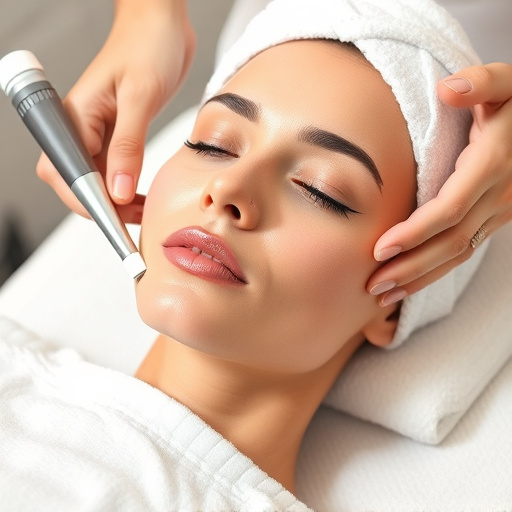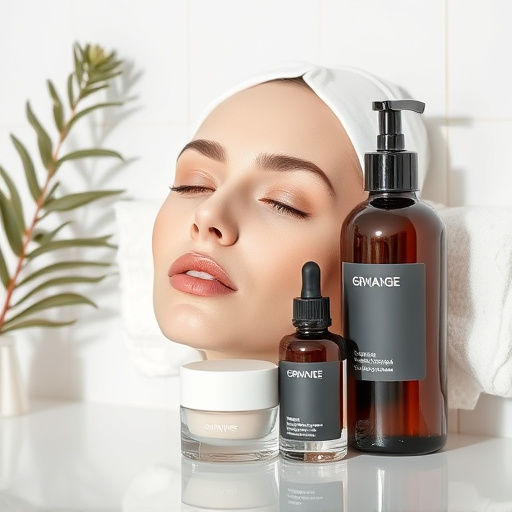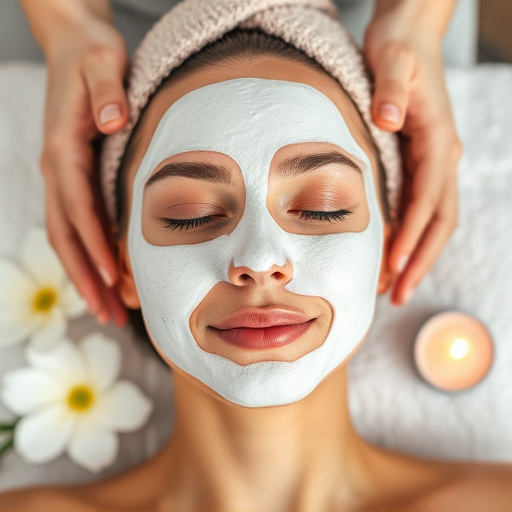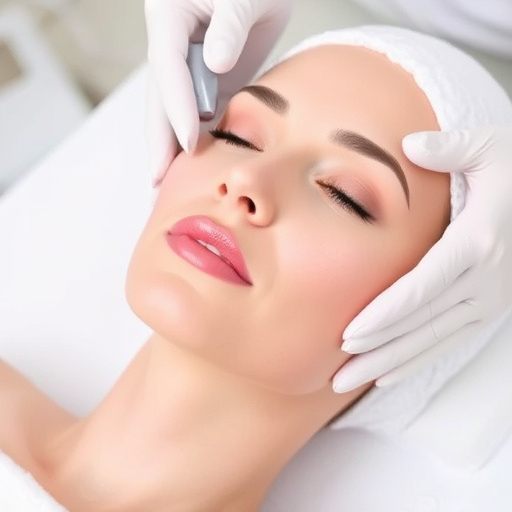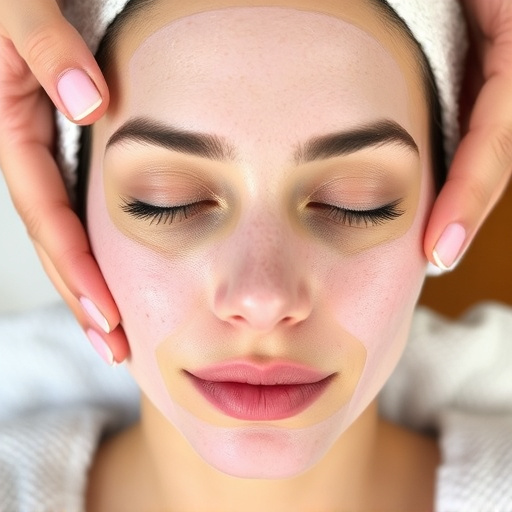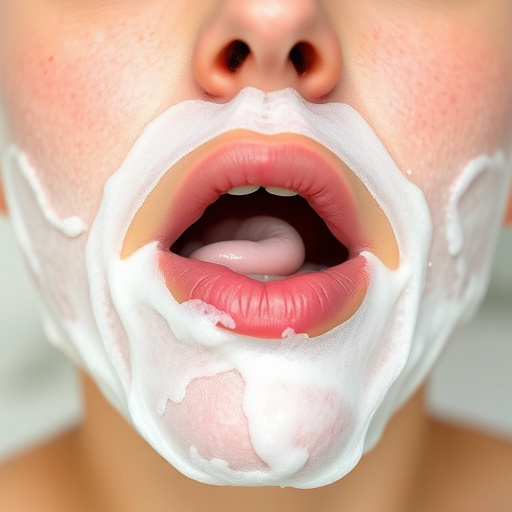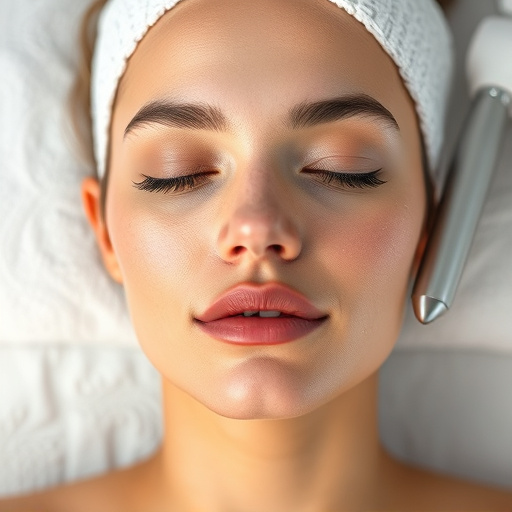Chest acne results from hormonal changes, sweating, friction, and stress, leading to clogged pores and inflammation. Proper hygiene, including daily cleansing and gentle exfoliation, is key. Targeted treatments like salicylic acid, benzoyl peroxide, and retinoids, combined with hydration, effectively manage chest acne, promoting clearer skin through a comprehensive chest acne therapy routine.
Chest acne, despite its embarrassing nature, is a common skin concern. This article delves into the vital link between chest acne therapy and proper hygiene. Understanding the underlying causes and triggers is key to effective treatment. We explore how hygiene plays a pivotal role in managing chest acne, offering practical strategies for clearing up this stubborn condition. By embracing these insights, you can take control of your skin’s health and appearance.
- Understanding Chest Acne Causes and Triggers
- The Role of Hygiene in Chest Acne Treatment
- Effective Strategies for Clearing Chest Acne
Understanding Chest Acne Causes and Triggers
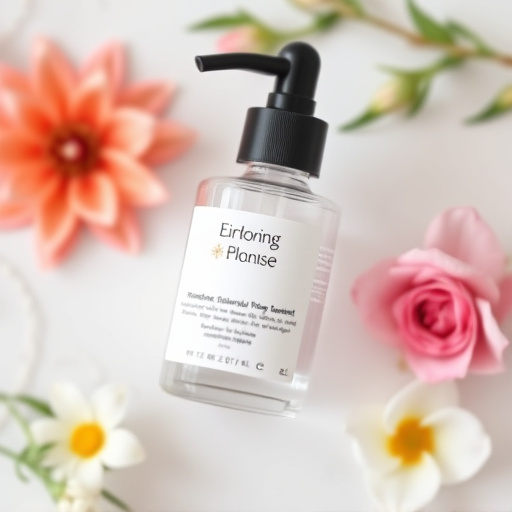
Chest acne, a common yet often overlooked issue, can significantly impact an individual’s self-confidence and overall well-being. Understanding its causes is a pivotal step in effective chest acne therapy. Unlike facial acne, which has been extensively studied, chest acne presents unique challenges due to the different skin characteristics and underlying factors on this part of the body.
Various elements contribute to its development, including hormonal fluctuations, excessive sweating, friction from clothing, and even stress levels. Hormonal changes, especially during puberty or menstrual cycles, can trigger an overproduction of sebum, leading to clogged pores and inflammation. Additionally, the warm, moist environment under clothing can create the perfect conditions for bacteria to flourish, exacerbating acne. Recognizing these triggers is crucial in determining the most suitable chest acne therapy and maintaining a skincare routine that promotes skin rejuvenation and prevents future breakouts.
The Role of Hygiene in Chest Acne Treatment
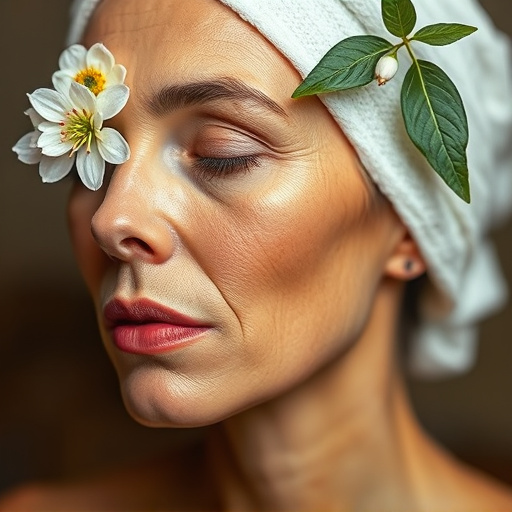
Maintaining proper hygiene is a cornerstone in managing chest acne effectively. Daily cleansing helps remove excess oil, dirt, and dead skin cells that can clog pores and trigger acne breakouts. Using gentle yet effective cleansers suitable for sensitive areas, especially after sweating or engaging in physical activities, can significantly improve skin health.
In addition to regular cleansing, adopting a professional skincare routine is essential. This involves exfoliating gently to remove built-up debris without damaging the skin barrier and using targeted treatments like salicylic acid or benzoyl peroxide to combat acne actively. By combining these practices with consistent hygiene, individuals can enhance the effectiveness of chest acne therapy and achieve clearer, healthier skin.
Effective Strategies for Clearing Chest Acne

Acne on the chest can be a persistent problem, but there are effective strategies to clear it up and prevent future breakouts. One of the most important steps in chest acne therapy is maintaining proper hygiene. Regularly washing your chest area with a mild cleanser helps remove excess oil, dirt, and dead skin cells that can clog pores. It’s crucial to do this gently to avoid irritation.
In addition to good hygiene, certain treatments can significantly aid in chest acne therapy. Chemical peels, for instance, can exfoliate the skin, uncloggings pores, and reducing the appearance of scars. Hydrating facials also play a role by providing deep moisture, counteracting dryness that can exacerbate acne, and promoting overall skin health. Other effective methods include topical medications with benzoyl peroxide or retinoids, which help to kill bacteria and regulate cell turnover.
Chest acne therapy begins with understanding its causes and triggers, such as hormonal changes, certain fabrics, and poor hygiene. The role of hygiene cannot be overstated; maintaining proper cleanliness helps prevent and treat chest acne effectively. By adopting strategies like regular washing, choosing breathable clothing, and managing underlying conditions, individuals can achieve clear and healthy skin. Integrating these practices into daily routines ensures successful chest acne therapy, promoting both physical and psychological well-being.



